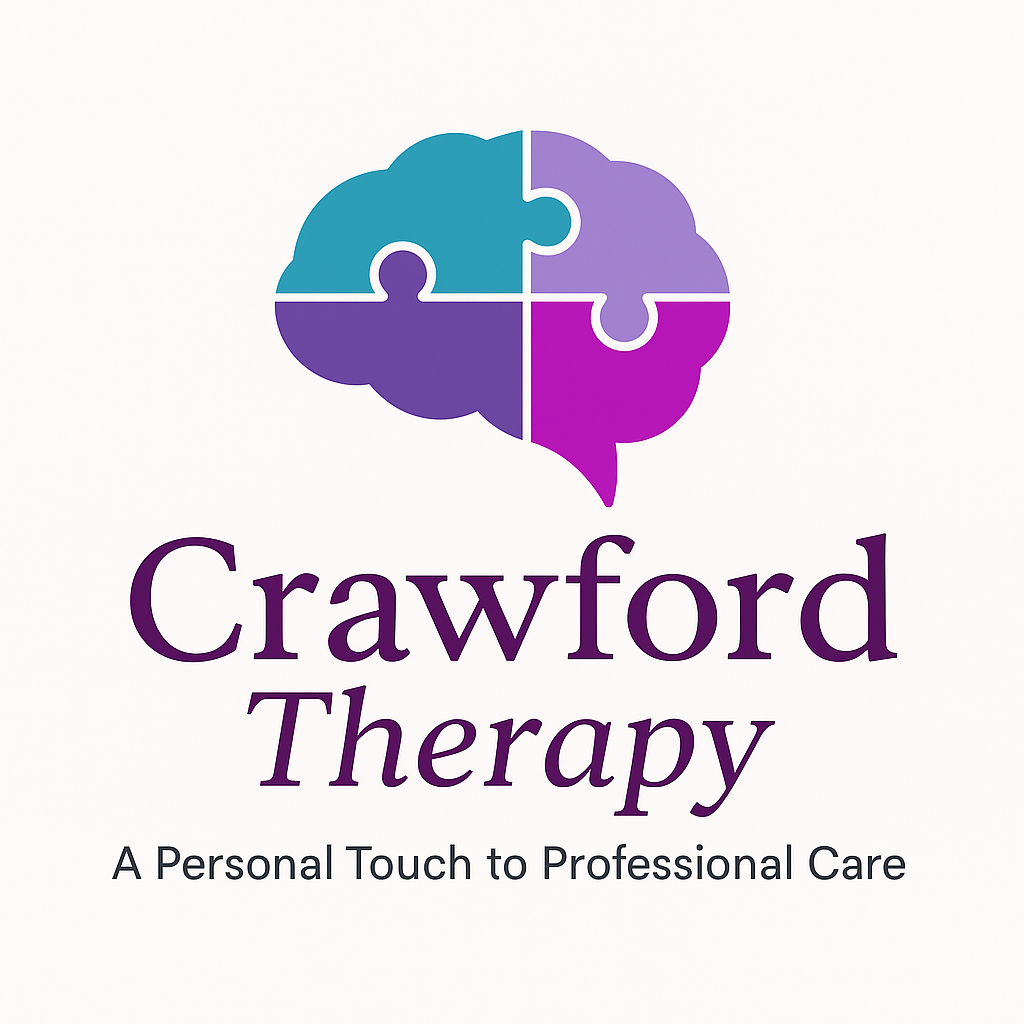What is Chronic Pain?
Chronic pain is ongoing physical discomfort that lasts for weeks, months, or even years. Unlike acute pain, which signals injury or illness, chronic pain may persist long after the original cause has healed, or may not be linked to any identifiable condition. It can affect muscles, joints, nerves, and organs, interfering with daily life and emotional wellbeing. Managing chronic pain often requires a combination of medical, psychological, and lifestyle interventions.
How Chronic Pain Affects Your Life
Chronic pain can significantly impact your quality of life, affecting your ability to work, sleep, enjoy activities, or maintain relationships. The constant discomfort can lead to frustration, isolation, or a sense of helplessness. Over time, it can contribute to mental health challenges like anxiety, depression, or irritability. People may also struggle with self-worth if they feel misunderstood or dismissed by others. The emotional toll of pain often amplifies physical symptoms, creating a cycle that’s hard to break without support.
What Causes Chronic Pain?
Chronic pain may result from a previous injury, surgery, illness, or medical condition such as arthritis, fibromyalgia, or nerve damage. Sometimes, the cause is unknown. Psychological stress, trauma, and emotional distress can also increase sensitivity to pain or prolong recovery. Long-standing pain is influenced by a complex interaction of physical, psychological, and social factors, which is why a holistic approach is often most effective.
Why Professional Help Makes a Difference
Psychological therapy for chronic pain goes beyond symptom management. It addresses the mental and emotional impact of living with ongoing discomfort. A trained therapist can help you understand the pain-stress cycle, reduce fear and anxiety, and build resilience. Therapy provides space to be heard, supported, and empowered with new tools to manage life alongside pain.
Therapeutic Approaches That Help
Several evidence-based approaches can support those living with chronic pain. Cognitive Behavioural Therapy (CBT) helps challenge negative thought patterns that amplify suffering. Acceptance and Commitment Therapy (ACT) encourages clients to accept what is out of their control and commit to meaningful values-based actions. Mindfulness-Based Cognitive Therapy (MBCT) offers grounding and presence. Somatic Therapy can address trauma held in the body and restore a sense of safety. These modalities can be used alone or in combination, depending on individual needs.
Who is Affected by Chronic Pain?
Chronic pain affects people across all ages and backgrounds, though it becomes more common with age. Those living with conditions such as fibromyalgia, back injuries, migraines, autoimmune diseases, or post-surgical complications are often affected. People with a history of trauma or mental health challenges may be more vulnerable to developing chronic pain, and those who feel invalidated by the medical system may experience added emotional strain.
What Recovery Can Look Like
Recovery may not mean eliminating pain entirely, but instead learning how to live well alongside it. Many clients report improved mood, better sleep, more satisfying relationships, and increased activity levels. With the right support, it is possible to reduce pain-related distress and build a life that is fulfilling and meaningful—even if some physical discomfort remains.
Frequently Asked Questions
- Can therapy really help with physical pain? Yes. While therapy doesn’t “cure” pain, it can reduce its intensity and emotional impact.
- Is my pain all in my head? No. Chronic pain is real and valid. Therapy addresses how the brain and body interact, not whether pain exists.
- Do I need a diagnosis? No. You don’t need a formal diagnosis to start working with us.
- How long does therapy take? It varies, but many people benefit from 8–20 sessions, sometimes more.
Case Example
“Alex,” a 42-year-old teacher, developed chronic neck and back pain after a car accident. Though the initial injury had healed, he continued to experience daily pain that affected his work and mood. He stopped going out, avoided travel, and grew increasingly anxious. In therapy, Alex explored his beliefs about pain, addressed trauma from the accident, and learned mindfulness and pacing strategies. Over time, he regained confidence, returned to light exercise, and reported less distress about pain, even when symptoms persisted. The shift in mindset transformed how he experienced his condition.
Related Concerns
Next Steps
If you are struggling with chronic pain, you do not need to wait for a medical diagnosis to begin healing. We understand the emotional and physical toll it takes—and we’re here to support you. Reach out today.
References
- Canadian Pain Task Force (2021). “Chronic Pain in Canada.” Government of Canada.
- Gatchel, R. J., & Turk, D. C. (Eds.). (1999). Psychosocial Factors in Pain. Guilford Press.
- Institute of Medicine (2011). Relieving Pain in America. National Academies Press.
